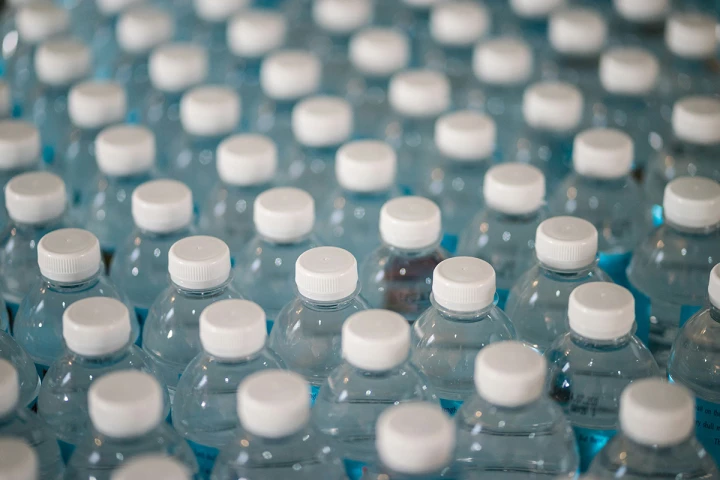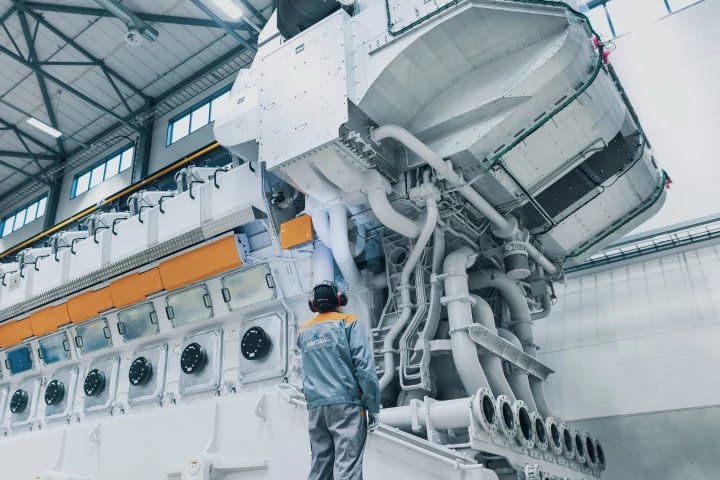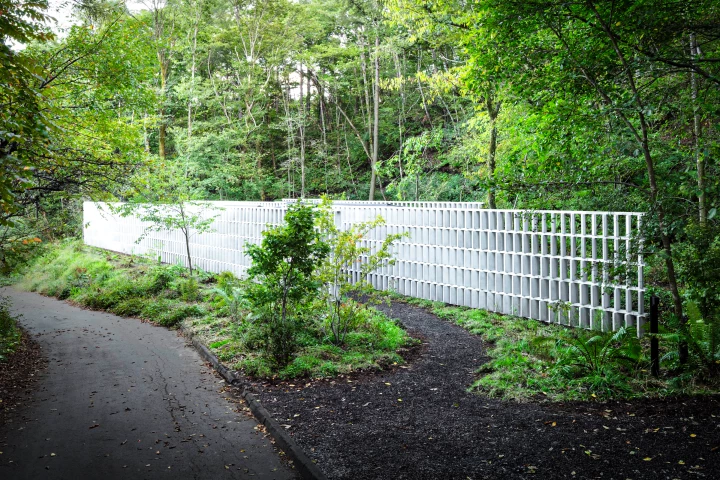Carbon capture
-
Scientists in China have devised a way to capture carbon dioxide stored in seawater, and convert it into biodegradable plastic precursors. This approach could reduce the acidification effect of CO2 emissions in marine ecosystems, with an added bonus.
-
Once famous for building the world's biggest and most powerful engines, Finnish company Wärtsilä is investing heavily in technology to clean up the notoriously difficult heavy marine sector. CEO Håkan Agnevall lays out a roadmap to zero carbon 2050.
-
A consortium of researchers from four European countries is developing a way to tattoo microbes on the exterior of buildings. These "living tattoos" will be able to suck carbon out of the air, protect the buildings, and even make them glow.
-
The air at sea might be getting a bit cleaner as technology group Wärtsilä puts its Carbon Capture Solution (CCS) system on the market. The modular apparatus is claimed to capture as much as 70% of the CO2 emissions from cargo ship exhaust systems.
-
Transporting goods on huge fossil-fueled cargo ships is a dirty business. But one such vessel is about to embark on a pilot that could clean up shipping's act considerably. An onboard system has now been installed on the Clipper Eris that will capture CO2 from its exhaust outlets and store it in tanks.
-
Using principles from rocket science, researchers have created carbon with a record-breaking surface area. The material can soak up about twice the amount of CO2 as current activated carbon materials and has impressive energy-storage capabilities.
-
ExxonMobil just signed a lease for 271,068 acres of undersea land off the coast of Galveston, Texas to capture and permanently inject carbon emissions into the underwater rock bed, making it what will be the largest CO2 dump in the United States.
-
A technique originally developed to combat acid rain has the potential to pull an enormous amount of carbon dioxide out of the atmosphere – while helping to deacidify oceans, restore rivers and boost biodiversity and fish populations.
-
Tulip trees have been around for millions of years, but a new analysis of their structure has revealed a previously unknown type of wood. The finding could explain why the trees are great at sequestering carbon and help our efforts to do the same.
-
A new material tackles the carbon problem of concrete production and usage by employing a pretty unusual workforce: cyanobacteria. The bio-cement these micro-organisms help to produce harnesses a process that's existed in nature for 3.5 billion years.
-
The production of concrete is a major contributor to worldwide CO2 emissions, however Nendo showcases a greener alternative with its Block-Wall House, which was part-built using a novel concrete that actually captures carbon-dioxide.
-
The world’s largest ocean-based carbon dioxide removal plant is being built in Singapore, and will be capable of capturing 8 million lb of CO2 per year while also producing 231,000 lb of carbon-negative hydrogen.
Load More











